Floods in the midwest, hurricanes in Appalachia: there were never any climate havens
Analysts and investors have long trumpeted ‘climate-proof’ US communities, but recent disasters show the need for a different way of thinkingA few years ago, while visiting a tiny village, I toured a grand old community hall scheduled to be demolished after a historic flood. Across the street, a phantom row of eight buildings had already come down. Next to go was this beloved structure, built with local lumber by the craftsman grandfathers of the people who still lived there. One of the two local officials escorting me had been married here, she told me. There was a plan to repurpose the six soaring arches, the other official said, gazing towards the ceiling. “The other part of it, knocking the rest of it down … ,” he trailed off, emotionally. “I won’t be in town to see that.”This village isn’t located on the rapidly eroding Gulf coast, or any coast. It isn’t on the edge of a drought-stricken wildland. It isn’t anywhere typically named as existentially threatened due to the impacts of climate change. Forever altered by floods, the village of Rock Springs, in my home state of Wisconsin, is instead located smack in the middle of what’s often been called a “climate haven”. Continue reading...

Analysts and investors have long trumpeted ‘climate-proof’ US communities, but recent disasters show the need for a different way of thinking
A few years ago, while visiting a tiny village, I toured a grand old community hall scheduled to be demolished after a historic flood. Across the street, a phantom row of eight buildings had already come down. Next to go was this beloved structure, built with local lumber by the craftsman grandfathers of the people who still lived there. One of the two local officials escorting me had been married here, she told me. There was a plan to repurpose the six soaring arches, the other official said, gazing towards the ceiling. “The other part of it, knocking the rest of it down … ,” he trailed off, emotionally. “I won’t be in town to see that.”
This village isn’t located on the rapidly eroding Gulf coast, or any coast. It isn’t on the edge of a drought-stricken wildland. It isn’t anywhere typically named as existentially threatened due to the impacts of climate change. Forever altered by floods, the village of Rock Springs, in my home state of Wisconsin, is instead located smack in the middle of what’s often been called a “climate haven”. Continue reading...








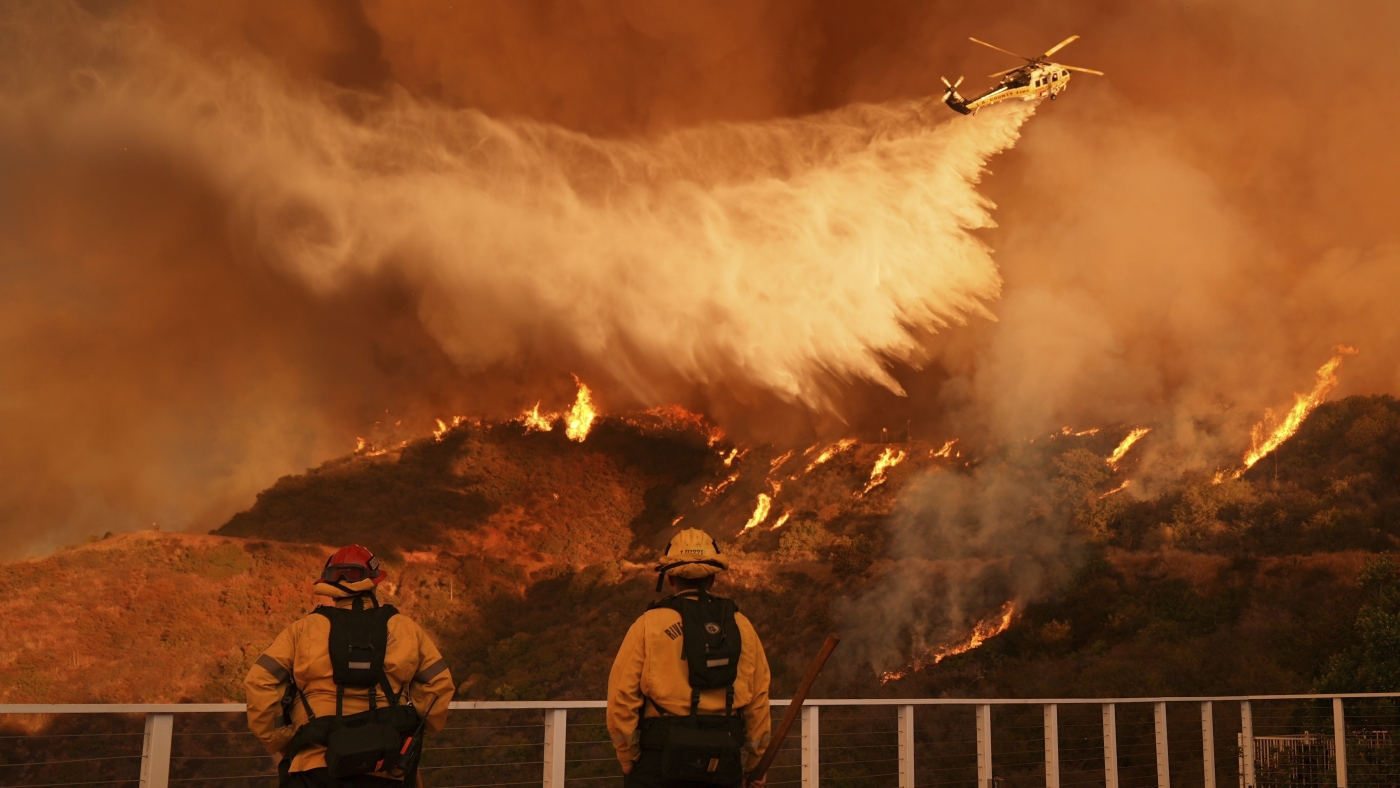





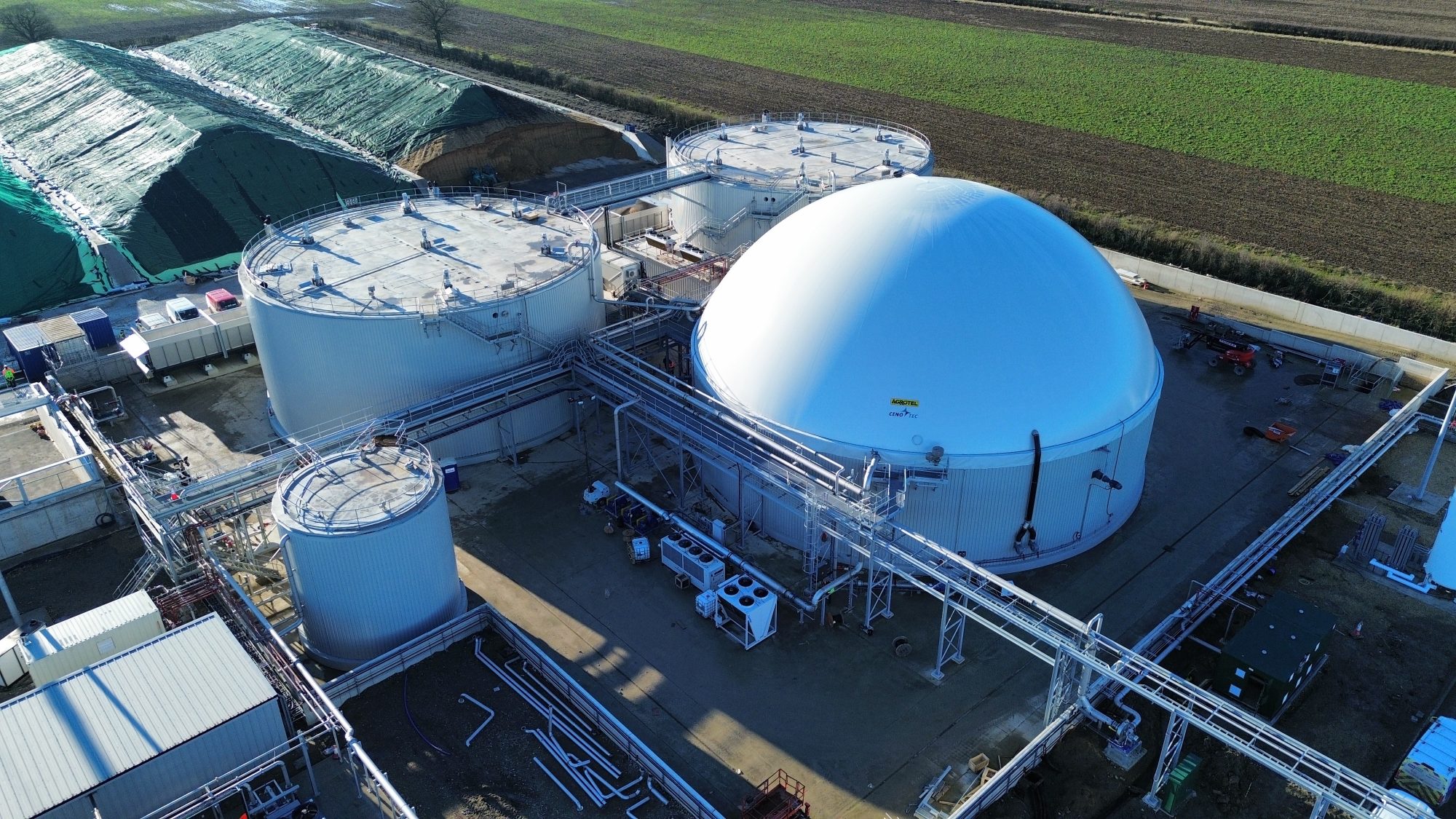









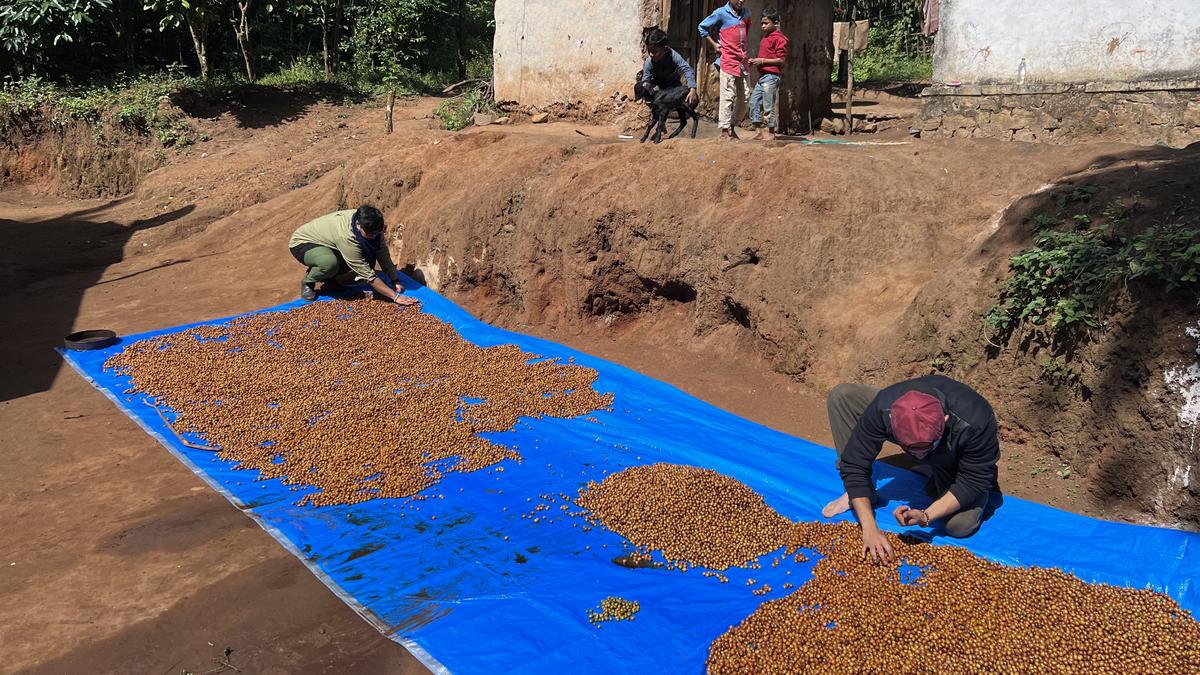






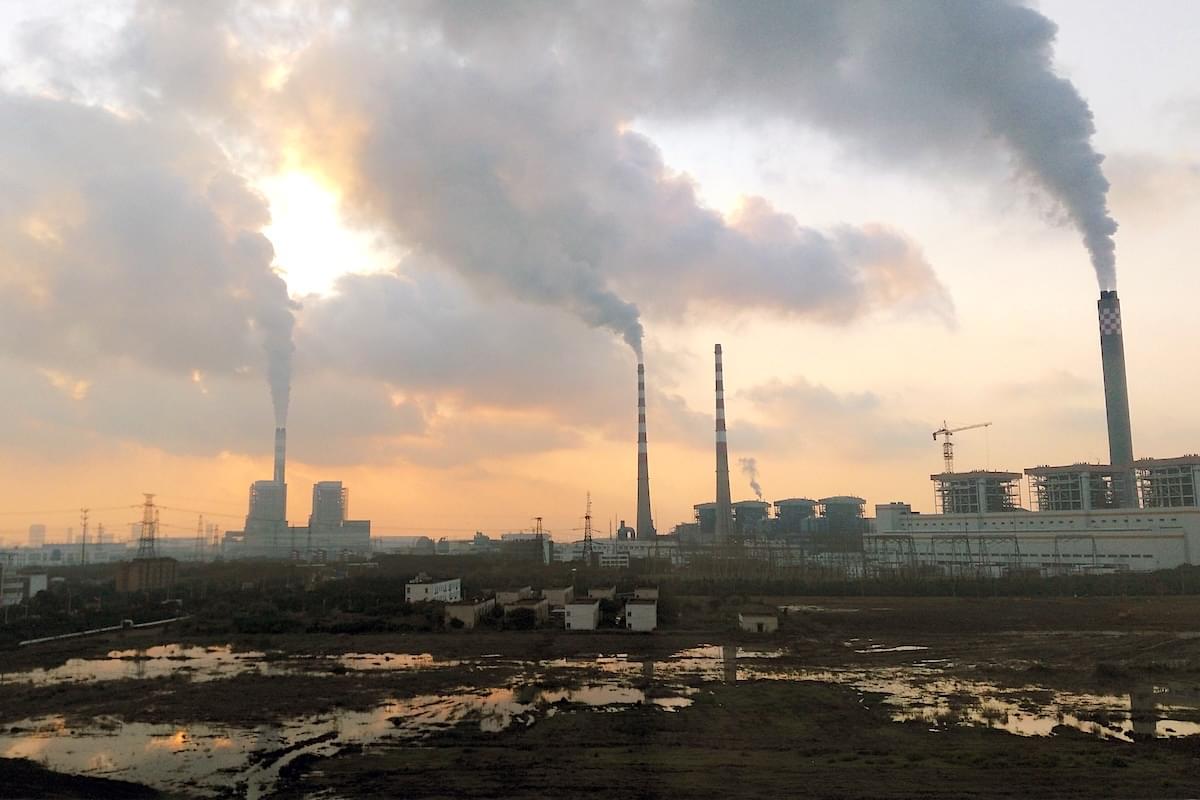














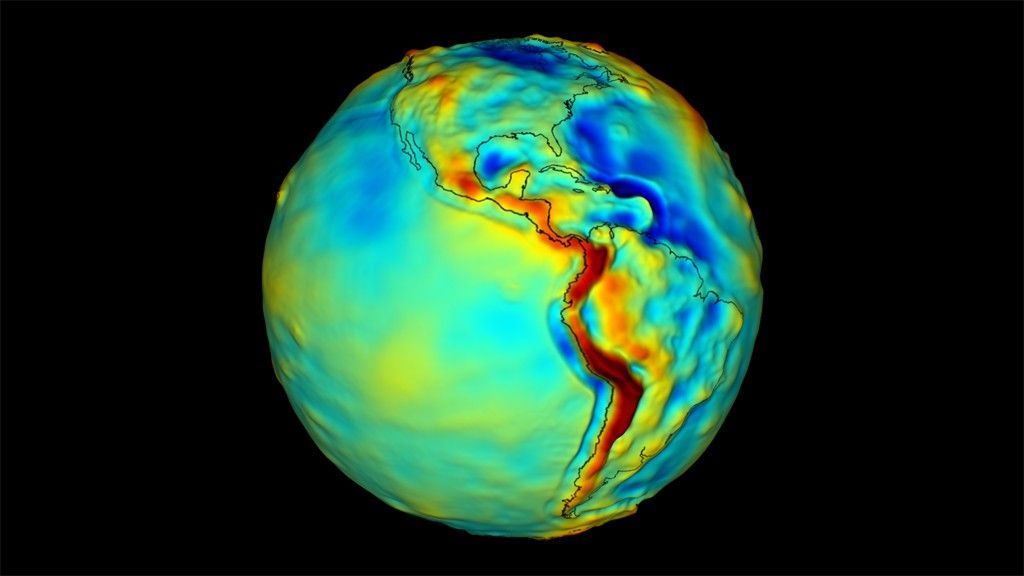

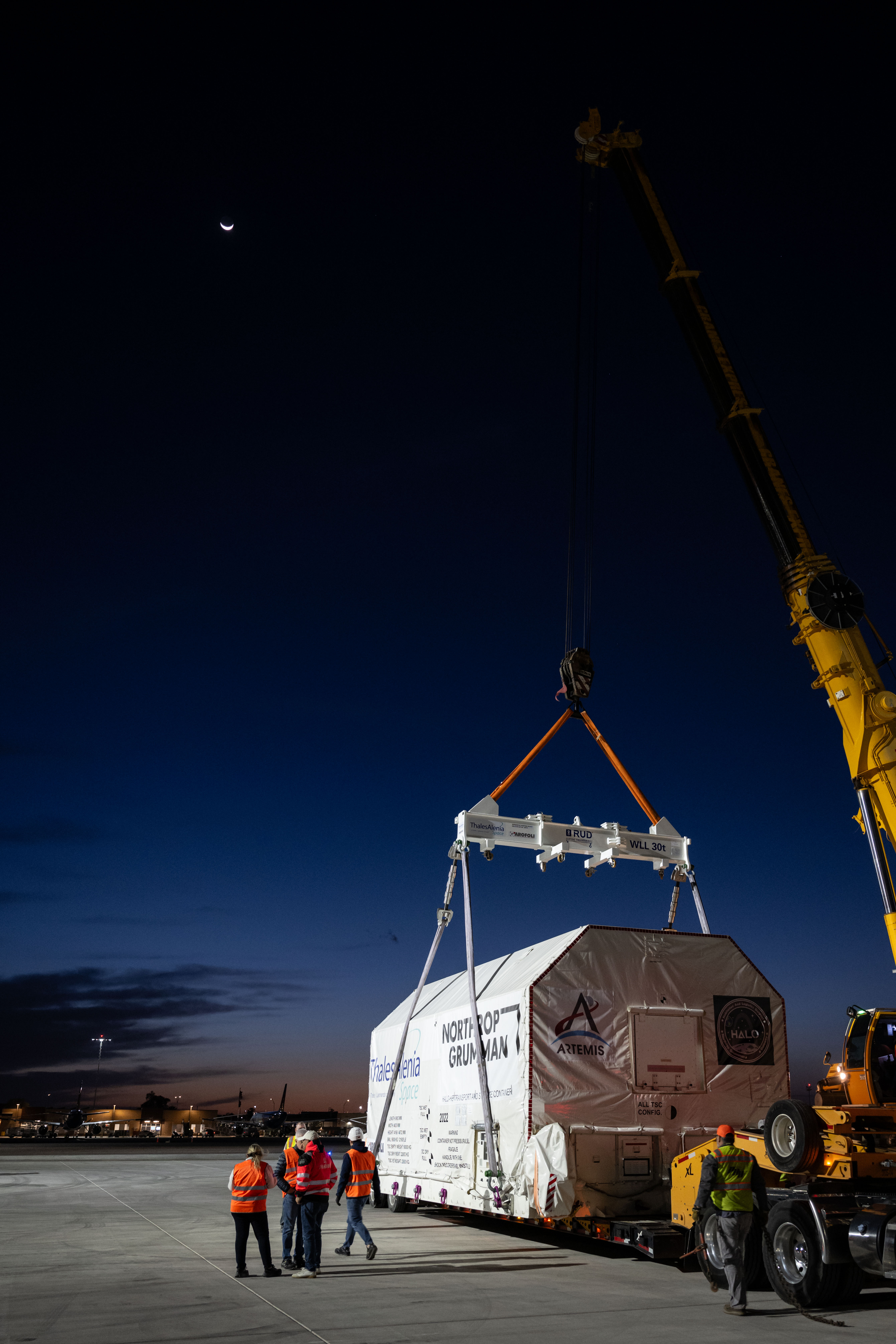


















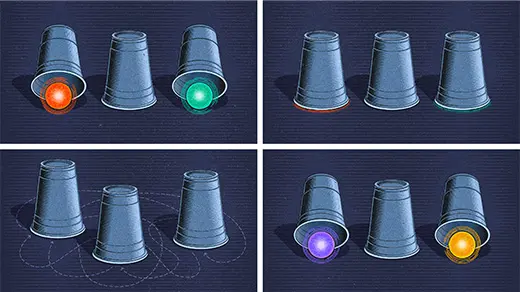
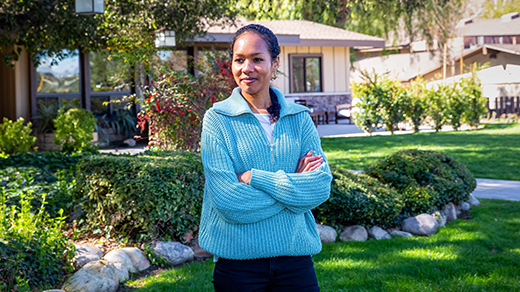



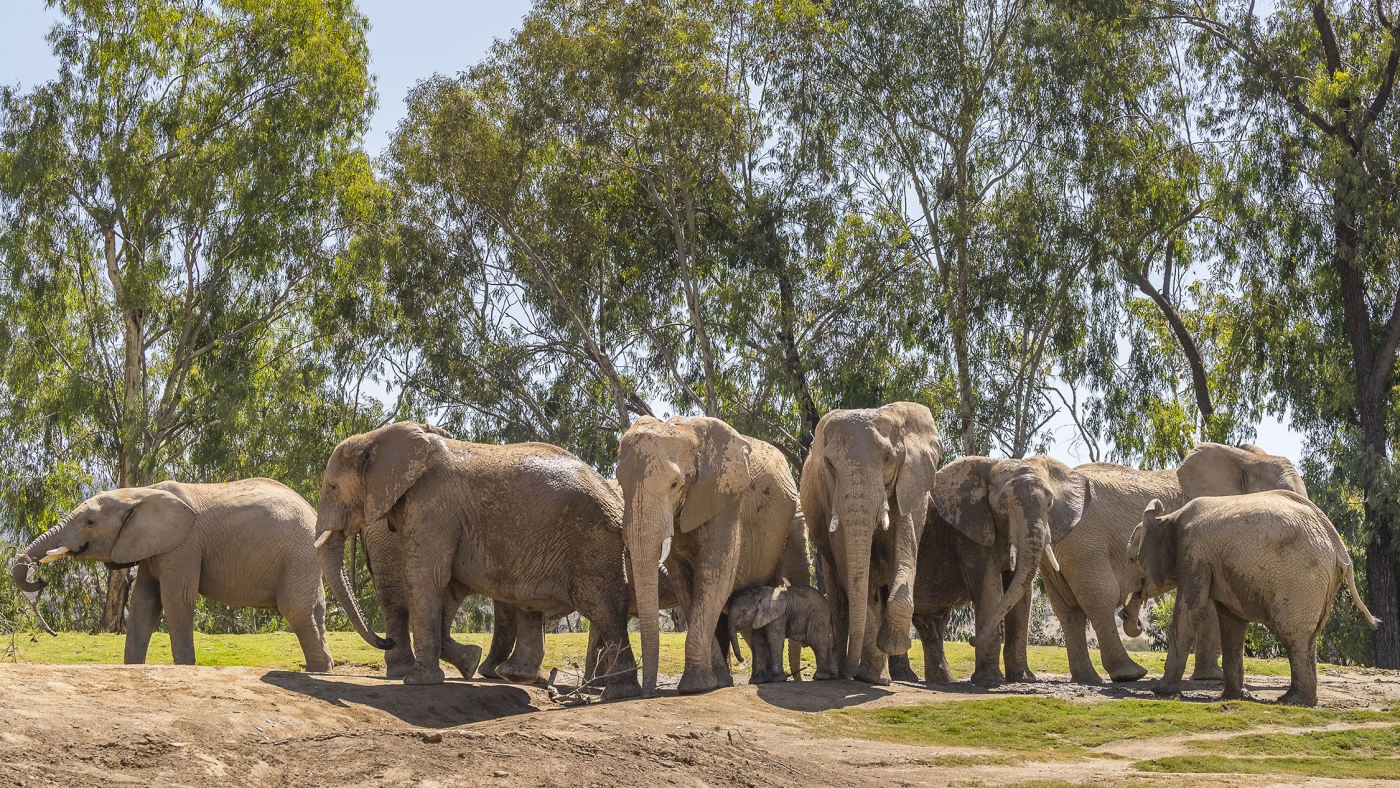
.jpg)


















































![The breaking news round-up: Decagear launches today, Pimax announces new headsets, and more! [APRIL FOOL’S]](https://i0.wp.com/skarredghost.com/wp-content/uploads/2025/03/lawk_glasses_handson.jpg?fit=1366%2C1025&ssl=1)
















